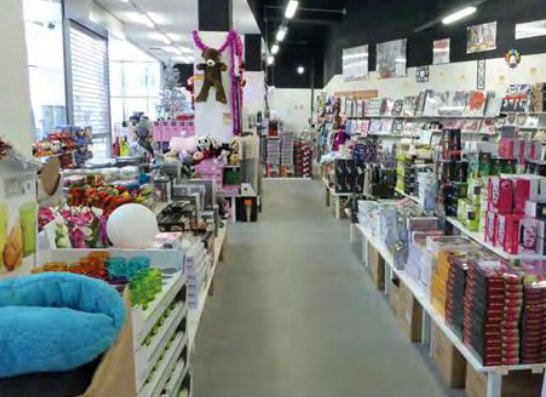MIPIM Special Series – Part Three: The Emergence of Short-Term Retail Leases
The last in a three-part series of reports on worldwide real estate based on presentations at the MIPIM world property market in March.
Associate editor Adriana Pop presents a three-part series of reports on worldwide real estate based on presentations at the MIPIM world property market in March. The first report focused on “Shared Buildings and Spaces.” The second addressed “Bringing Logistics Back into the City Through Mixed-Use Developments.”
Temporary, or “transient,” stores inside shopping malls are gaining in popularity. In France, in fact, they went from a niche several years ago to a market in their own right, in a country where most real estate investment and management companies register a vacancy rate of at least 2 to 3 percent.
Olivier Gourdain, president & co-founder of Stone Market in Paris, discussed this short-term lease concept during the “Functional Diversity” session at the MIPIM Innovation Forum in March. An interview with Gourdain in was featured in the second issue of the Real Estate and Sustainable Development Chair workbook, which was released during the global trade show and conference. Founded in 2002, Stone Market focuses on selling and marketing retail spaces, including transient stores.
The short-term retail leases offer several advantages, according to Gourdain. Lasting from three or four to a maximum of 24 months, they bring greater diversification to the standardized offerings of most shopping malls, which tend to include more or less the same chains of tenants. By frequently presenting new products, they encourage customers to return.
“Transient stores have the advantage of complementing a range of shops that are becoming increasingly standardized; they bring new blood,” said Gourdain.
Transient retail spaces may also attract consumers when they are used for the clearance of wholesalers’ stock, offering lower prices than most standard stores.
For retailers, the seasonal effect of this model also brings savings. For instance, it may be cheaper for an entrepreneur to open several temporary toy stores in various malls around Christmas than to have a store or two open all year round. They can also be a useful testing ground to assess sales levels and customers’ reaction to a newly launched product.
Moreover, with the explosion of e-commerce, this model may well support and complement online retail. Some lessees even choose to use temporary stores to create a base of customers for their online business. Once the website has become successful in a certain area, the lease in that location can be terminated.
Landlords, on the other hand, may opt to sign a short-term lease to test a potential tenant before committing to a standard long-term contract or simply to hold on to their trading rights, which can expire if the units are kept empty for too long. They can also prevent property charges incurred on vacant space, since sometimes between six and nine months may pass between the departure of one long-term tenant and the arrival of another. Furthermore, it is easier to lease an occupied unit than a vacant one. In other words, the short-term lease will enhance the next long-term one.
As the concept grows, it may not remain limited to retail. According to Gourdain, the search for flexibility is spreading to all types of real estate, and short-term leases could soon be a solution for office space.
“Although this type of demand for temporary office premises is still at the embryonic stage, we believe it will see significant growth in the next few years,” he concluded.
The Real Estate and Sustainable Development Chair workbook, edited by Ingrid Nappi-Choulet, chair for real estate and sustainable development at ESSEC Business School, features interviews with real estate thinkers and operators, and illustrates examples of a variety of successful shared space projects for today’s urban environment.








You must be logged in to post a comment.